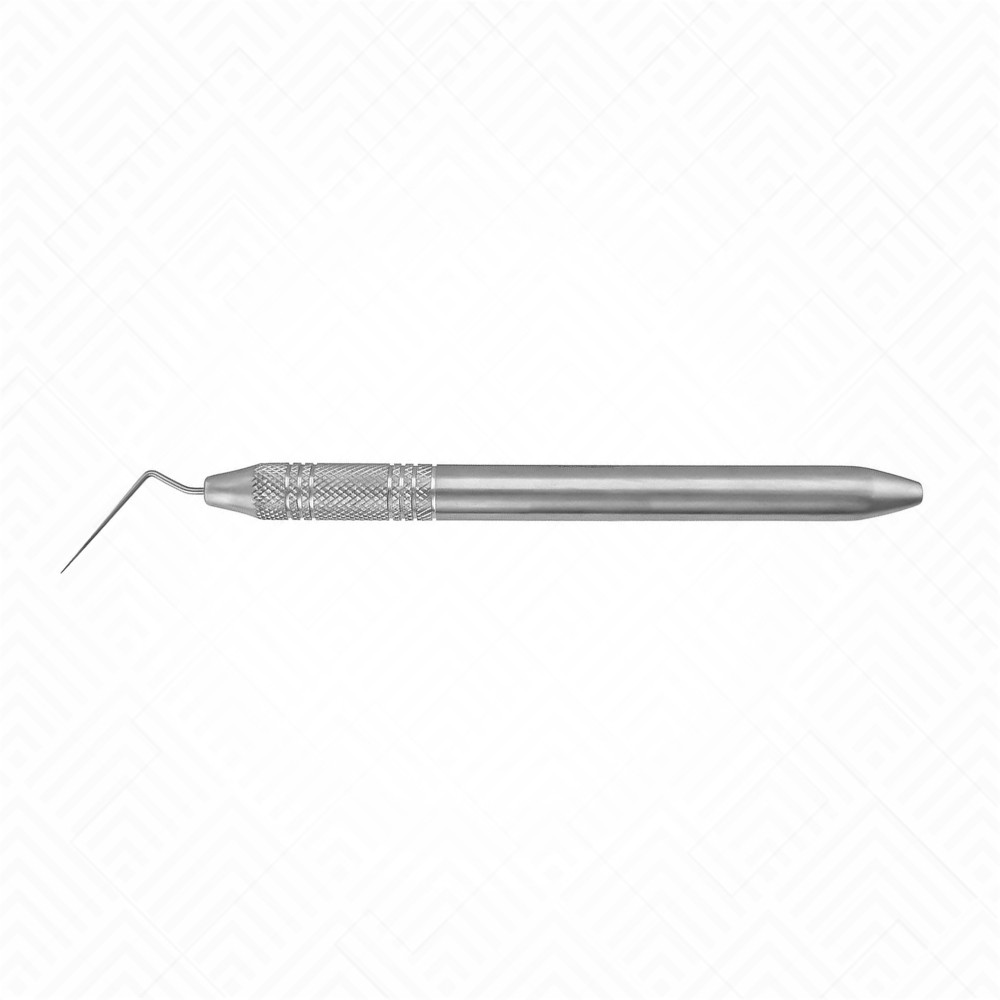The Role of a Spreader in Modern Dentistry
Wiki Article

Precision is the cornerstone of successful endodontic procedures. Every step, from accessing the root canal to obturation, requires meticulous attention to detail and the right tools. Among the essential instruments in a clinician's toolkit, the spreader dentistry instrument plays a pivotal role. This specialized tool is fundamental for achieving a dense, three-dimensional seal of the root canal system, which is critical for long-term treatment success and preventing reinfection.
Understanding the Spreader's Function
A root canal spreader is designed for the lateral condensation of gutta-percha, the most common material used to fill a cleaned root canal. After the primary gutta-percha cone is placed, the spreader is inserted alongside it. Its fine, tapered point creates space by compacting the cone against the canal walls. This process allows for the insertion of additional, smaller gutta-percha points, ensuring a complete and void-free fill of the canal space.
The Importance of Lateral Condensation
The technique of lateral condensation, facilitated by a spreader dentistry tool, is a trusted method for obturation. Its primary goal is to adapt the filling material as closely as possible to the complex anatomy of the root canal system. Without a proper seal, microscopic gaps can remain, providing pathways for bacteria to re-enter and cause the treatment to fail. A well-executed lateral condensation technique minimizes these risks, promoting healing and preserving the natural tooth.
Qualities of a Superior Dental Spreader
Not all spreaders are created equal. An effective instrument must possess specific characteristics to perform optimally. It needs to be strong enough to withstand the pressure of condensation without bending or breaking, yet flexible enough to navigate the curved and narrow pathways of a root canal. The material, typically high-grade stainless steel, must be durable and resistant to corrosion to ensure longevity and maintain sterility through repeated autoclaving cycles.
New Med Instruments: A Commitment to Quality
At New Med Instruments, we understand the demands of modern endodontics. We are dedicated to providing surgeons, students, and healthcare professionals with surgical instruments that meet the highest standards of quality and performance. Our range of spreader dentistry tools is engineered for perfect and precise results. Each instrument is crafted to provide the ideal balance of strength and flexibility, allowing clinicians to perform lateral condensation with confidence and control.
The Difference in Handfeel and Design
The ergonomic design of a spreader is crucial for practitioner comfort and procedural efficiency. A well-balanced handle with a comfortable grip reduces hand fatigue during lengthy procedures, enabling the clinician to maintain fine motor control. The working end of the spreader must have a precisely tapered tip to effectively create space without causing unnecessary stress on the root structure. These design details are what separate a standard tool from a superior one.
Selecting the Right Spreader for the Job
Spreaders come in various sizes, typically corresponding to ISO standards, to match the dimensions of different root canals. Choosing the correct size is essential. A spreader that is too large may not reach the desired depth, while one that is too small may not create adequate space for accessory cones. A comprehensive spreader dentistry kit should include a range of sizes to accommodate the diverse anatomical variations encountered in clinical practice.
Technique and Best Practices
Proper technique is just as important as the quality of the instrument. When using a spreader, the clinician applies firm but controlled apical and lateral pressure. The instrument is inserted to within 1-2 millimeters of the working length, held in place for a few moments to compact the gutta-percha, and then removed with a rotating motion. This process is repeated with accessory cones until the canal is fully obturated. Mastery of this technique, combined with a reliable spreader, is key to predictable outcomes.
The Student and Educator Perspective
For dental students and educators, having access to high-quality instruments is fundamental to learning core endodontic skills. Using professionally crafted dental surgery tools like those from New Med Instruments helps students develop a proper feel for the procedure and understand the nuances of lateral condensation. Our commitment to superior service extends to educational institutions, ensuring the next generation of dentists is trained with instruments they can trust throughout their careers.
Advancing Patient Care with Precision Tools
Ultimately, the goal of any dental procedure is to enhance the patient's health and well-being. By using a high-quality spreader dentistry instrument, clinicians can achieve a superior root canal seal, which directly contributes to the long-term success of the treatment. This level of precision minimizes the chance of post-operative complications and helps patients retain their natural teeth for a lifetime. New Med Instruments is proud to support healthcare professionals worldwide in their mission to deliver perfect and precise results for their patients.
Conclusion: The Unsung Hero of Endodontics
While it may be a simple hand instrument, the dental spreader is an unsung hero in the field of endodontics. Its role in achieving a dense, three-dimensional obturation is indispensable for successful root canal therapy. By choosing a meticulously crafted instrument from a trusted provider like New Med Instruments, clinicians are equipped to perform with precision, ensuring better outcomes for their patients and upholding the highest standards of care in their practice.
Report this wiki page